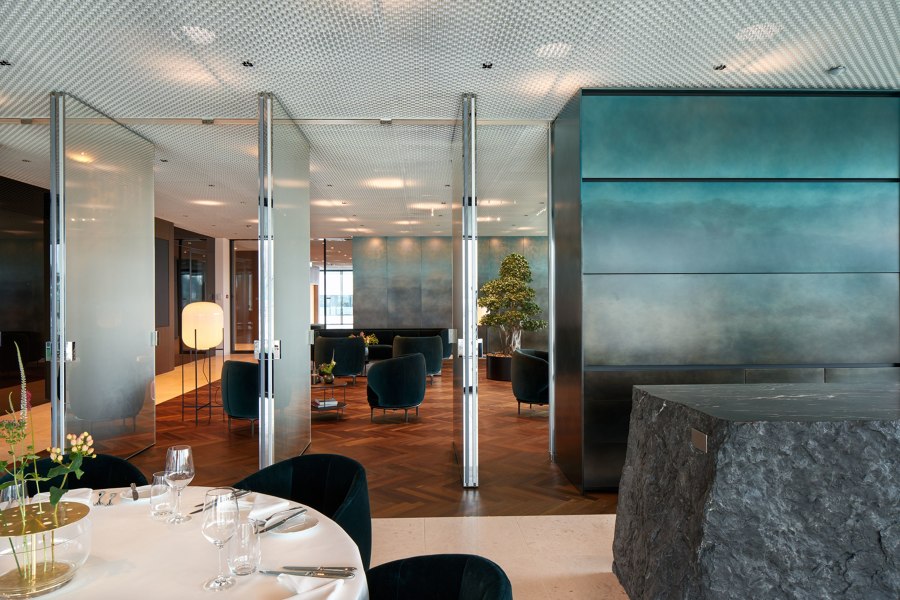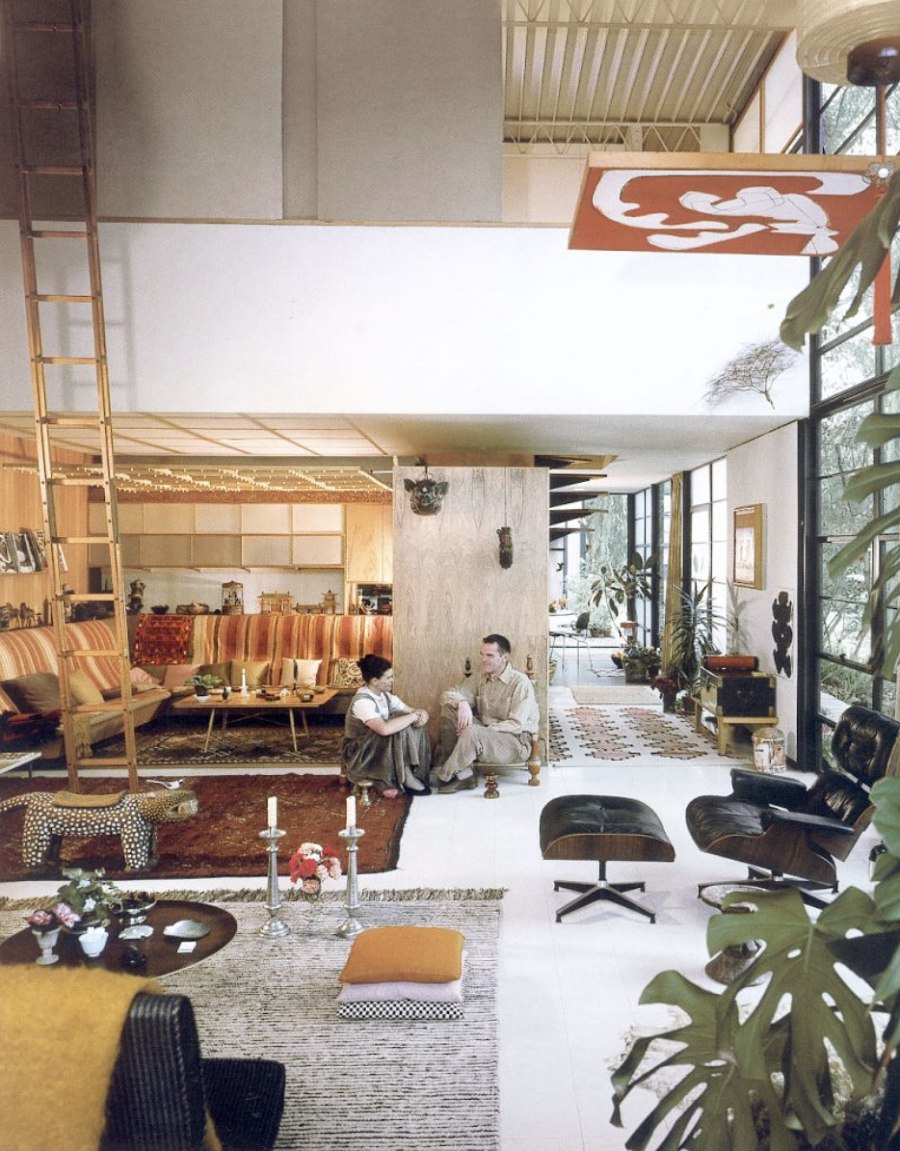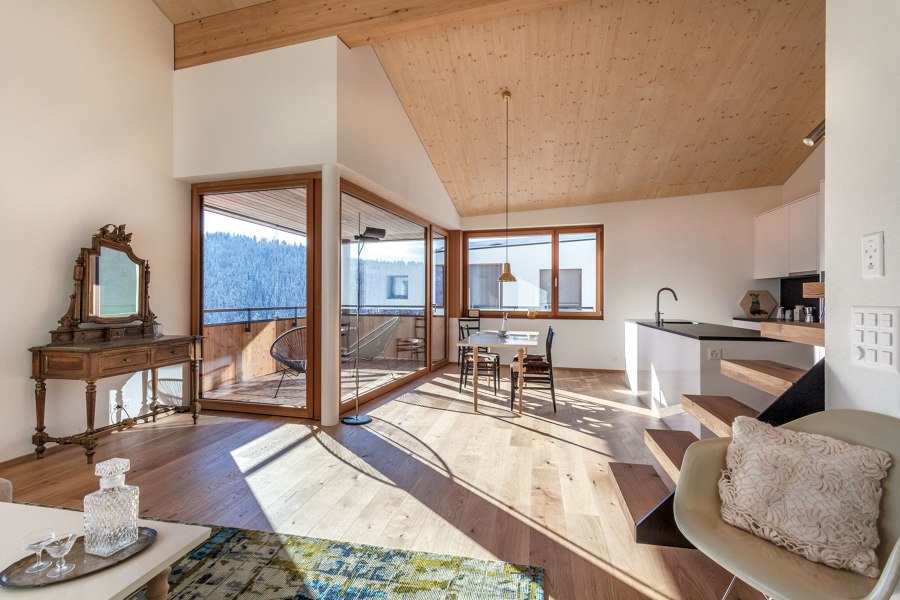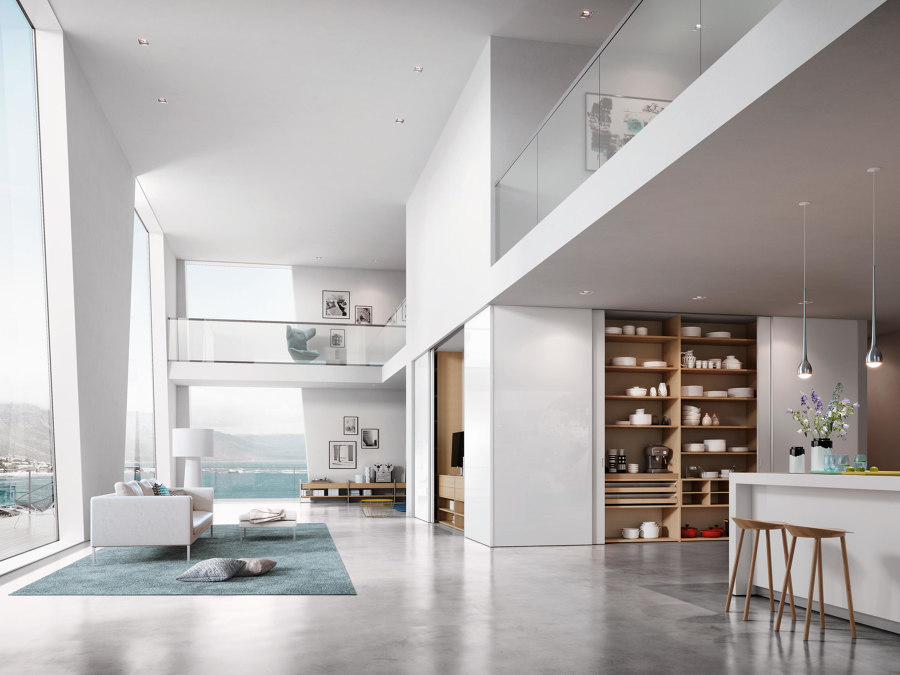'Credibility is what counts above all': Mia Kepenek in the raumplus Intelligence Series
Brand story by Gerrit Terstiege
Bremen, Germany
31.10.22
In the second installment of the raumplus Intelligence Series – three consecutive features sponsored by the German manufacturer –, the interior designer speaks to Gerrit Terstiege about what it takes to successfully merge different interior styles under one roof.
Eclectic interiors require balance and a certain amount of restraint – but inspiration can, and should, come from anywhere. Photo: Hannes Henz
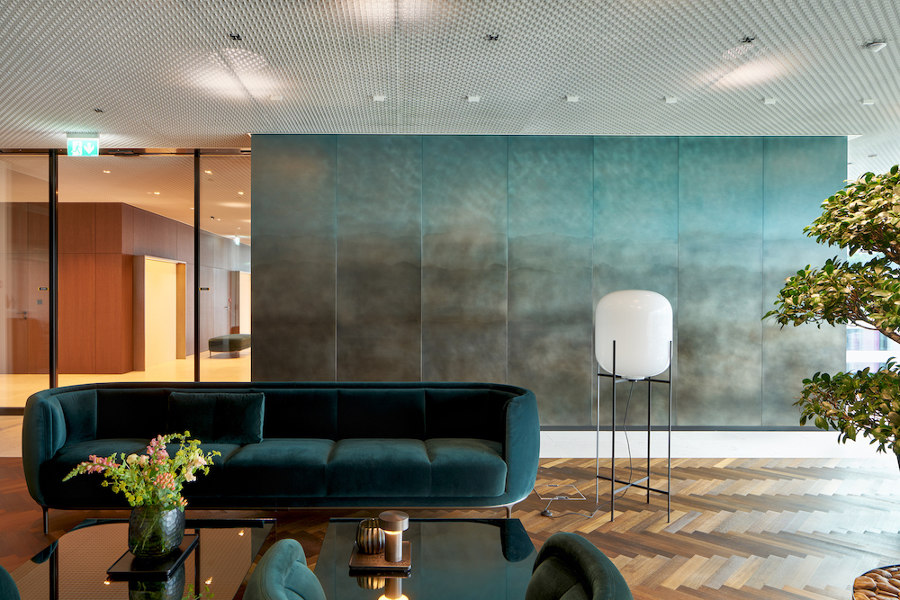
Eclectic interiors require balance and a certain amount of restraint – but inspiration can, and should, come from anywhere. Photo: Hannes Henz
×Mia Kepenek, a German interior designer with Uzbek roots, works very successfully for international clients from her Zurich studio. We asked her which countries and cultures have influenced her work and what can happen when different styles and trends meet.
After training as a carpenter and a stint in the theatre world, Mia Kepenek studied architecture, interior design and scenography. Since 2012, she has been running her eponymous studio for corporate architecture and design in Zurich. Photo: Claudia Klein
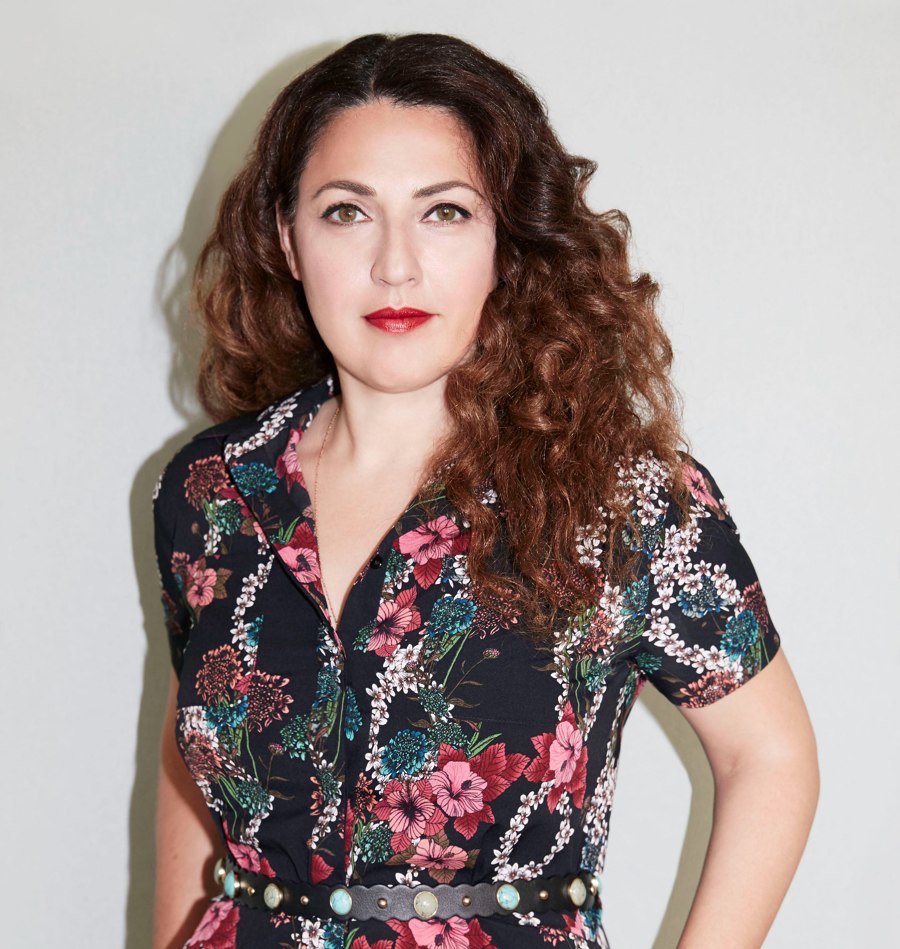
After training as a carpenter and a stint in the theatre world, Mia Kepenek studied architecture, interior design and scenography. Since 2012, she has been running her eponymous studio for corporate architecture and design in Zurich. Photo: Claudia Klein
×For you as a designer and interior architect – what are some of the challenges in merging different interior languages and styles?
I think it simply requires a special flair to let different things, fabrics, colours and materials enter into an exciting dialogue. Furniture pieces can become cultural ambassadors, things and rooms can tell stories. But in all of this, it is important to create something that is coherent. For example, trends like 'hygge', which emphasise cosiness, and aesthetic approaches characterised by reduction and simplicity do not have to contradict each other. In the best case, places become reflections of a client's personality, history and culture.
Furniture pieces can become cultural ambassadors, things and rooms can tell stories. But in all of this, it is important to create something that is coherent
For example, when I was commissioned by a Swiss company to design, among other things, a lounge with a bar, dining area and seating, I transformed a million-year-old boulder from a quarry into a bar – thus bringing the Swiss mountains into the space. The boulder became a symbol of the company's ‘Swissness’ and an impressive eye-catcher at the same time. There is no doubt that the right balance is important in the fusion of different means of expression. You can get a lot wrong. Overdoing it. Underdoing it. A room can quickly seem restless. Too cold. Or too well-behaved.
When tasked with designing a Swiss company's visitor centre, Kepenek juxtaposed sleek furniture with a million-year-old boulder from the Swiss mountains as a sculptural and culturally significant accent piece. Photos: Hannes Henz

When tasked with designing a Swiss company's visitor centre, Kepenek juxtaposed sleek furniture with a million-year-old boulder from the Swiss mountains as a sculptural and culturally significant accent piece. Photos: Hannes Henz
×How do you meet those challenges?
There are no patent remedies – fortunately! If you quote different cultural contexts, merge formal languages and trends, you always run the risk of creating a mess - musically speaking: a cacophony. Such dissonances must be avoided. Contrasts, on the other hand, are valuable and create tension. Just think of the furnishings in Charles and Ray Eames' house in Pacific Palisades – they were strongly influenced by their projects in faraway countries. As diverse as the vases, cushions, sculptures, blankets and pillows with their ornaments look there, this composition is so credible – even from today's perspective.
Today, we all have access to so many cultures, styles, materials and objects. But what should be kept in mind is that the combinations remain credible
For me as a designer, credibility is what counts above all. Today, we all have access to so many cultures, styles, materials and objects – and can order them from anywhere in the world at the click of a mouse. But what should be kept in mind is that the combinations – or if you like: compositions – remain credible. What my clients appreciate about me is that I deal intensively with their history, literally go in search of clues – in order to then develop an overall concept that really suits them.
Ray and Charles Eames seamlessly combined aesthetics in their Pacific Palisades home (top). Well-placed accessories and textiles lend that same warm, lived-in flair to Kepenek's more contemporary interiors (bottom). Photos: Eames Foundation & Luca Zanier
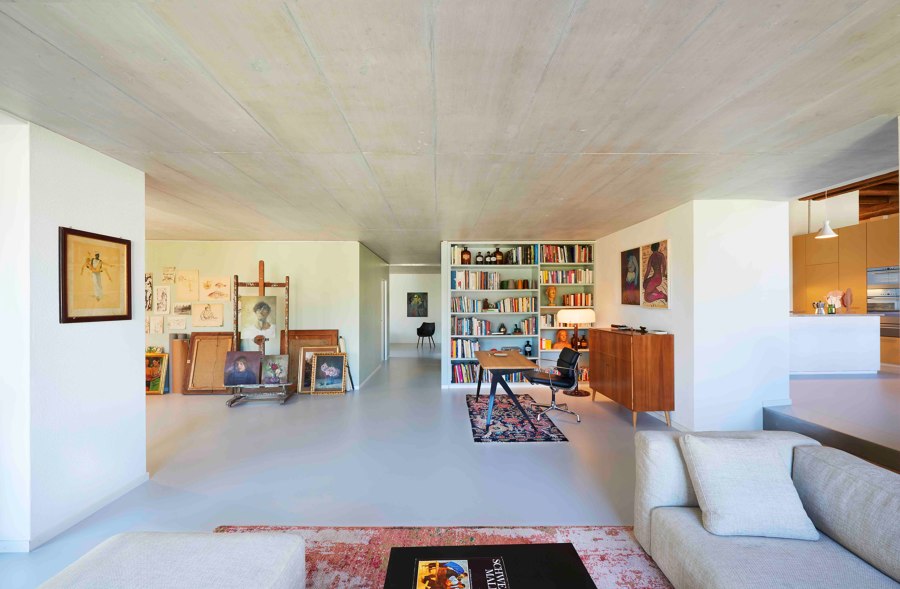
Ray and Charles Eames seamlessly combined aesthetics in their Pacific Palisades home (top). Well-placed accessories and textiles lend that same warm, lived-in flair to Kepenek's more contemporary interiors (bottom). Photos: Eames Foundation & Luca Zanier
×Are the creative possibilities endless? Or are there certain rules that should be followed?
Precisely because the possibilities for designing a space are so numerous, you need a clear vision, an attitude. Today, for example, sculptures and statues with religious connotations are often used in the private sphere – I don't use them in my work, because many such objects seem to me like deflated set pieces when they are only used decoratively. But since you ask about rules: if you take a closer look at the various functions that certain areas in a room have to fulfil, there are a number of things to consider. The best thing is to derive your own set of dos and don'ts from this, question them, discuss details with the client and then arrive at a hopefully poetic, surprising, independent solution.
By mixing different furniture styles, materials and surfaces, residential as well as commercial interiors can add a synthesised complexity to their aesthetics. Photos: immoairpics (top), Pierre Kellenberger (bottom)
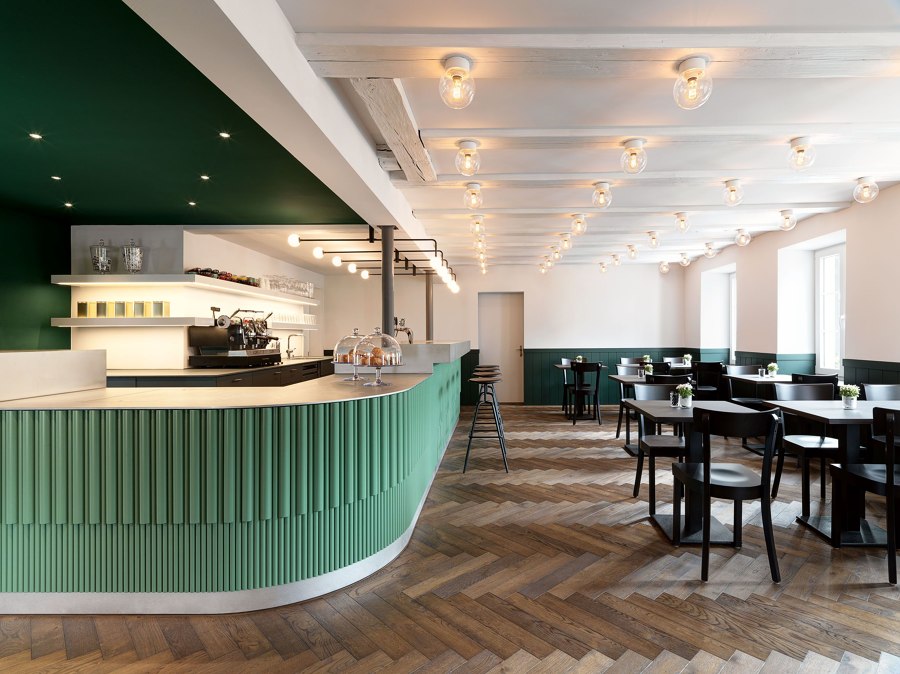
By mixing different furniture styles, materials and surfaces, residential as well as commercial interiors can add a synthesised complexity to their aesthetics. Photos: immoairpics (top), Pierre Kellenberger (bottom)
×How important are the different cultures you have experienced and got to know for you today?
All the places where I have worked have shaped me in one way or another. I lived in Australia for two years, in Sydney and Melbourne. My time in Amsterdam also helped me a lot personally. The creative climate there is experimental and playful. And now I have been working in Switzerland for many years, where quality and precision are important. All this has completed me as a designer and broadened my creative spectrum.
When I think about trends in interior design, I sometimes feel reminded of my theatre days
Recently, I have also become more aware of the influence of my father and his homeland, Uzbekistan. Tashkent is an exciting metropolis with over two million inhabitants. It lies on the Silk Road and I have absorbed the buildings, colours, fabrics and traditional ornaments of Uzbekistan through my father since childhood. My mother, on the other hand, is German, a trained costume designer. My parents met at the State Theatre in Stuttgart, which also has an opera, where my father worked as a set designer. I grew up in this exciting place, was able to look behind the scenes and sometimes even gave orders to employees there as a child. That kind of thing shapes you. At the same time, there is constant change in a theatre like this. With every new play, with every new production. When I think about trends in interior design, I sometimes feel reminded of my theatre days.
Divider elements such as raumplus sliding doors can help define and designate space in the absence of a more formal guiding principle
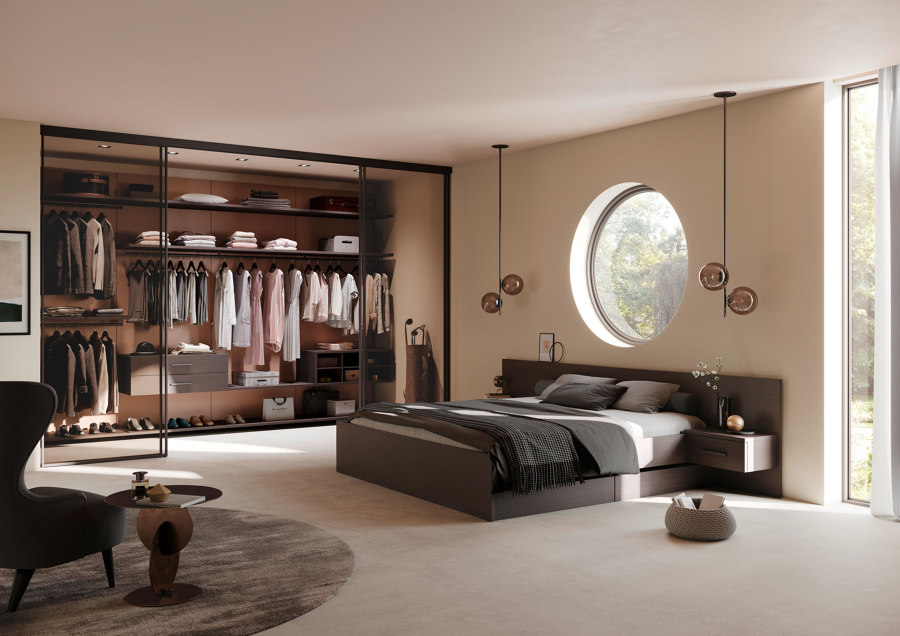
Divider elements such as raumplus sliding doors can help define and designate space in the absence of a more formal guiding principle
×Many trends run counter to the concept of longevity. How do you achieve a degree of sustainability while still embracing the joys of experimentation?
It's a balancing act. On the one hand, of course, I follow home trends, visit the trade fairs in Cologne, Paris or Milan, exchange ideas with colleagues, read online news from the world of design and architecture, and I also like to read magazines. But then it's important for me to step back and regain a certain distance from trends. Because in the end, I want to create spaces with character that will last. I can only achieve that if I develop a sustainable overall concept and choose furniture and materials that are manufactured with great care and also last long aesthetically. When I, as a designer, bring functions and emotions into harmony with each other. That is always my goal.
More about Mia Kepenek.
Head to the Architonic Magazine for more insights on the latest products, trends and practices in architecture and design.
© Architonic



